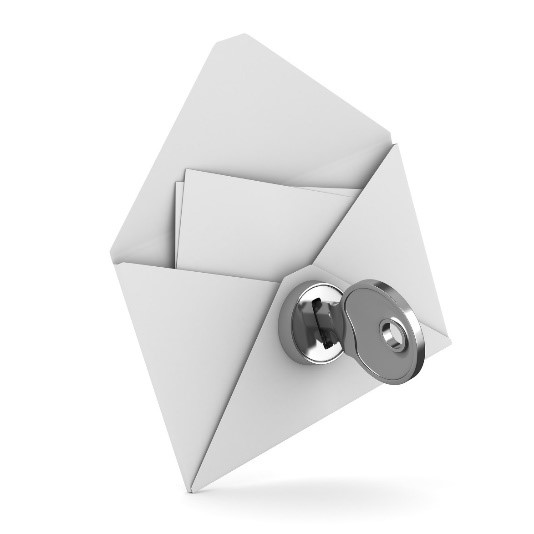Rate this article: 



 (10 votes, average: 4.50)
(10 votes, average: 4.50)




 (10 votes, average: 4.50)
(10 votes, average: 4.50)Having both your emails and documents secured and encrypted can be very useful to your business. How, you may ask? By using a Comodo digital certificate. This type of Comodo signature certificate secures your emails and documents through encryption and increases the trust the recipient has for you and the reputation of your business. And who doesn’t want that?
You may think it takes a tremendous amount of effort to get this security feature implemented in your email or document. However, that doesn’t have to be the case.
This article will help you understand where you can get a Comodo digital certificate, which will take care of encrypting your emails and documents. But before we get into that, let’s talk about what a digital signature certificate is in the first place.
Digital signature certificates (also known as personal authentication certificates) are a type of file that contains information about your identity. They are typically issued by authorized certificate authorities (CAs), which allow them to be trusted by your computer by default.

Digital signature certificates are used to do as their name suggests: sign your emails and documents. This can be implemented in various ways, from displaying a simple “Signed By” message and ribbon to actual stamps within the document you are signing. Both of these implementations are also forms of visual security indicators, which reassure email recipients that you are the sender.
This means that whenever you send an email or document that’s secured by a digital signature certificate, the email or document being transmitted will be seen as trusted and genuine by the receiver.
Although digital signature certificates can be self-signed, but we’d recommend against going that route. This is because they aren’t seen as “trusted” (since anyone can self-sign and it isn’t signed by an actual certificate authority) and will require the end user to manually accept to trust the certificate, which can raise some suspicion.
Now that you know what a digital signature certificate is, let’s talk about where you can get one.
As we’ve mentioned before, there are two ways you can get a digital signature certificate, although each option has its advantages and disadvantages.
The first way you can get your digital signature certificate is through self-signing. Through the self-signing route, the signing authority would be you instead of a CA, so it wouldn’t be trusted by default by devices.
As a result, those who receive emails or documents from you that are signed by a self-signed certificate may get a warning or have to manually accept the certificate. For this reason, we don’t recommend self-signed certificates and, therefore, won’t be going in-depth into how that process works.
Instead, we’ll be going over how you can get a digital signature certificate the trusted way: through a CA. Before you can get your certificate through this method, there will be a few pieces of information you will need to gather.
To generate your digital signature certificate, you’ll have to know information about your identity and/or organization, as it depends on the level of verification that you decide to get. For a typical digital signature certificate, these are the steps to follow:
There are many different digital signature certificates available, but we recommend the Comodo Personal Authentication Certificate, which will have you covered whether you want a basic certificate or one that validates your organization and identity.
Depending on the level of verification of your certificate, you may have to provide details about your organization, such as its name, location, etc. You may also be required to upload verification documents such as a valid ID.
After providing details about your organization and/or identity, you will be sent two emails — one with a hash code and one with a link. Copy the hash code and paste it in the text box within the link and select Generate. After this, the certificate will be stored within your browser.
Once the certificate is stored in your browser, you’ll need to export it before you can use it. You can do this by heading to Options, clicking on Privacy and Security, then selecting View Certificates. After doing so, select the email certificate you wish to export and click Backup All, then OK. This will introduce a pop-up window where you will be prompted to select a location to save your digital certificate.
After following these steps, you should have your digital signature certificate under your belt. For detailed instructions on how to install your new Comodo digital signature certificate, you can follow our dedicated guide.
![]()
Get Comodo Digital Signature Certificates for up to 78% off and increase security and user trust!
Shop Now